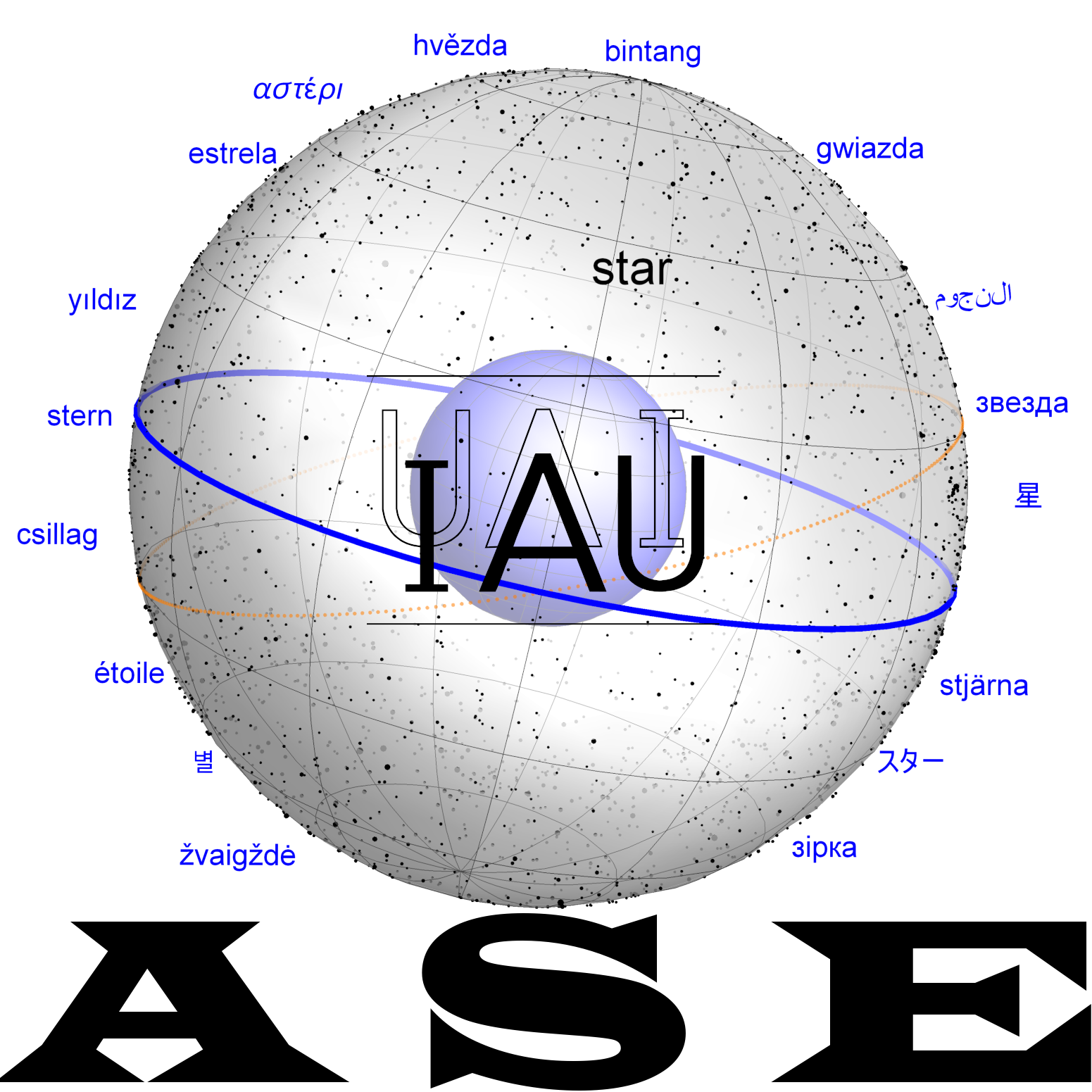Equuleus: Difference between revisions
No edit summary |
|||
| Line 49: | Line 49: | ||
=== Transfer and Transformation of the Constellation === |
=== Transfer and Transformation of the Constellation === |
||
<gallery> |
|||
File:Pegasus et Equuleus - Mercator.jpeg|Equuleus (Mercator 1551) |
|||
File:Equuleus Uranometria.jpg|Equuleus, Johannes Bayer (1603), Uranometria. |
|||
File:1776 - John Flamsteed - Pegase, Le Petit Cheval, Le Dauphin (Pegasus, Pisces and Equuleus).jpg|1776 (Jean Fortin) after John Flamsteed - Pegase, Le Petit Cheval, Le Dauphin (Pegasus, Delphinus and Equuleus). |
|||
File:1822 - Alexander Jamieson - Pegasus and Equuleus.jpg|Equuleus in Alexander Jamieson (1822). |
|||
File:Sidney Hall - Urania's Mirror - Pegasus and Equuleus (best currently available version - 2014) - original.jpg|Equuleus in Sidney Hall's Urania's Mirror (1825). |
|||
File:Constellations of Aquila, Delphinus and Equuleus. Wellcome L0030692.jpg|Equuleus, Persian Manuscript 373, Wellcome Library London |
|||
</gallery> |
|||
== Greek Mythology == |
== Greek Mythology == |
||
Revision as of 14:29, 3 April 2025
One of the 88 IAU constellations. It was invented in the Almagest (138 CE), called Protamos.
Etymology and History
The small constellation is missing from the Farnese Globe, the Mainz Globe and the Kugel Globe, and it is not mentioned by Hipparchus, Eratosthenes and Aratos. Only Geminos (1st century BCE) mentions this constellation, and Ptolemy's Almagest finally establishes it.
The stars in the area of Equuleus are rather faint (brightest one has V~3.9 mag) and did not form a separate constellation. On the Farnese Globe, they are part of the dolphin's tail (Delphinus).
The Roman authors do not explain for what reason they invented it or where the inspiration for it came from. The mythographers point to a starting point for them was Greek mythology, according to which the neighboring constellation (The Horse, now called Pegasus) gave birth to a young animal, a foal.
Ptolemy's constellation is supposed to show a bust of a horse, i.e. by no means a whole horse.
The constellation is too small to be identified with any Babylonian constellation as the error bars in the Babylonian data are too large. The area might have been part of the constellation of The Corpse or The Pig. There is a Babylonian constellation of The Horse, but it is likely to be seen in the northern parts of the sky (north of Deneb, and the area of Equuleus).
Origin of Constellation
Geminos
...
Ptolemy
| Greek | English | id. | |
|---|---|---|---|
| 1 | The more advanced of the 2 stars in the head | α Equ | |
| 2 | The rearmost of them | β Equ | |
| 3 | The more advanced of the two stars in the mouth | γ Equ | |
| 4 | The rearmost of them | δ Equ |
Transfer and Transformation of the Constellation
Greek Mythology
The Greek myth revolves around Hippe, the daughter of the centaur Cheiron. When she got pregnant, she hid from her father. As he was looking for her, she was turned into a mare by the merciful gods. So she gave birth to a foal, which is depicted here.
IAU WGSN
Greek name for the constellation in the Almagest: protamos means "the bust" and it designated the bust of a horse (alf, bet, gam, del Equ). alf Equ already has gotten an IAU-name. Among the remaining ones, del Equ is the brightest











